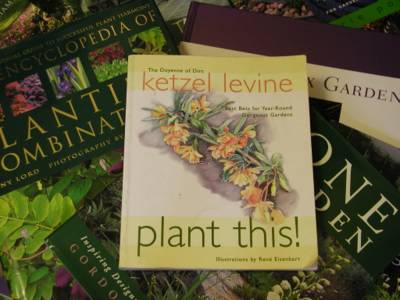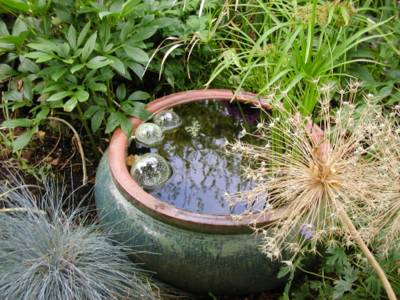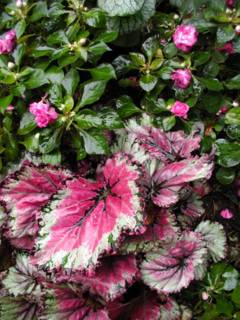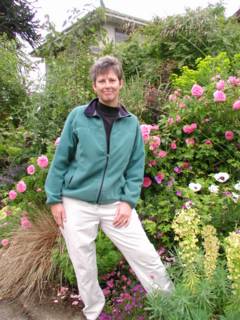Hoyt Arboretum - A destination for discovering plants
The Hoyt Arboretum is an excellent location for identifying suitable additions to your garden, particularly trees. Much of the collection is clearly marked with labels that provide the common name and the botanical name, in addition to other useful information, such as the plant's native locale and when it was planted at Hoyt. I find it helpful to know when a specimen was planted in order to gauge its rate of growth and eventual size in the landscape. For the same reason, I often encourage clients to visit Hoyt to see the trees I've recommended for their gardens. Follow this link to see an example of a label. In the pictured example, the Star Magnolia was planted in 1968, as indicated by the number in the lower right hand corner.
The Visitors' Center sells a directory of plants in the Hoyt collection for a small fee (I believe around $5). This directory is a valuable tool to help determine whether the collection includes the plant you are seeking and if so, where it can be found within the arboretum.


.jpg)


